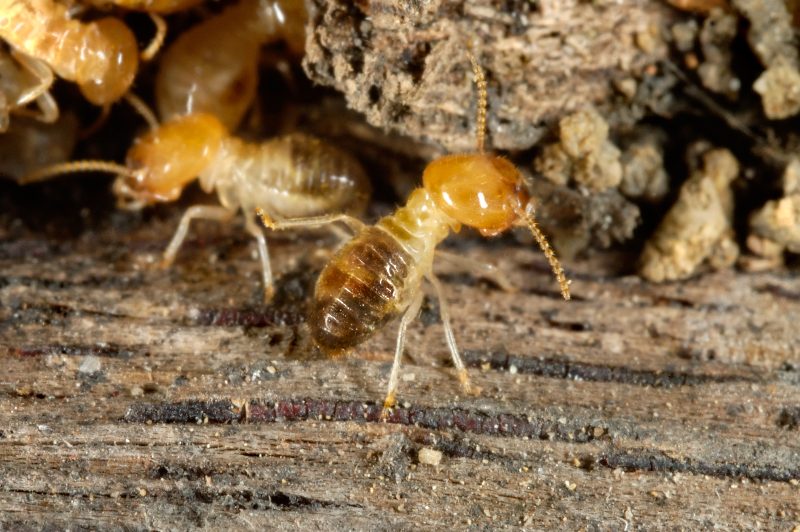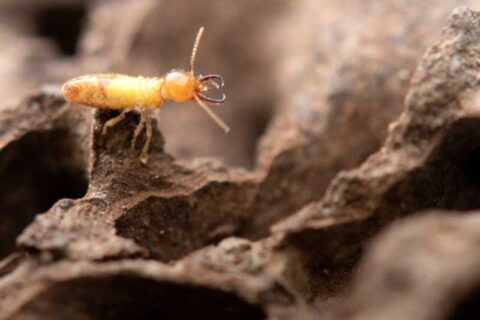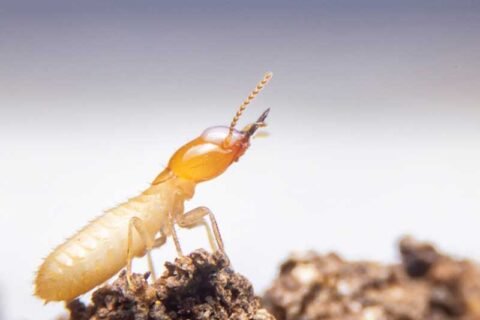How Landscaping Choices Can Attract or Repel Termites

Termites are tiny but mighty pests that can cause severe damage to homes by feeding on wood and other cellulose materials. These destructive insects thrive in specific environmental conditions, many of which are inadvertently created through poor landscaping choices. Homeowners often overlook how their yard design can either invite termites closer or keep them at bay. By making informed landscaping decisions, you can reduce the risk of termite infestation and protect your property.
Landscaping Choices That Attract Termites
Certain landscaping practices can unintentionally make your yard a welcoming space for termites.
Mulching Practices
Mulch is a common landscaping material, valued for its ability to retain moisture and enrich soil. However, organic mulch made from wood chips or bark provides both food and shelter for termites. When mulch is placed too close to the home’s foundation, it creates an ideal environment for termite activity.
Wood-to-Soil Contact
Structures like wooden fences, trellises, and garden beds that touch the soil can act as bridges for termites, making it easier for them to access your home. These wood-to-soil connections are direct pathways for infestation.
Overwatering
Excessive watering or poor irrigation practices often lead to water pooling around the home. Termites are attracted to damp soil, and overwatering creates the moist conditions they need to survive and thrive. Additionally, proper soil grading that slopes away from your home’s foundation is crucial to prevent water accumulation. Maintaining well-drained and graded soil enhances the effectiveness of physical barriers and reduces the risk of infestation.
Dense Vegetation Near the Home
Plants and shrubs planted too close to the house trap moisture, reducing airflow around the foundation. This creates a humid environment that termites love while providing cover, making it harder to spot an infestation.
Landscaping Choices to Repel Termites
Thankfully, you can design your yard to deter termites by making thoughtful choices.
Proper Mulch Management
Use mulch sparingly, and keep a 6- to 12-inch gap between mulch and your foundation. Alternatives like gravel or rubber mulch are excellent options, as they don’t attract termites.
Soil Barriers
Creating physical barriers like sand or gravel around your home’s perimeter can deter termites from tunneling through the soil to reach the foundation. These materials make it difficult for termites to navigate effectively.
Termite-Resistant Materials
Choose materials like treated wood or naturally termite-resistant options like cedar for landscaping features. Better yet, replace wooden elements with non-wood alternatives like metal, stone, or concrete.
Plant Placement
Maintain at least a 3-foot gap between plants and the home’s foundation. This spacing improves airflow, reduces trapped moisture, and makes it harder for termites to thrive. Avoid planting trees with invasive roots near your house, as they can damage the foundation and create entry points for termites.
Choose Your Plants Wisely
Plant selection can play a big role in attracting or repelling termites. Plants like vetiver grass, lemongrass, and marigolds are known to have natural termite-repelling properties due to their strong scents and natural oils they release, which termites tend to avoid.
Additionally, certain types of herbs, such as mint and garlic, may also deter termites when planted strategically. On the other hand, while termites are not naturally drawn to living plants, some trees and shrubs, particularly those with soft, cellulose-rich wood like mulberries or willows, can become attractive to termites once they are dead, decaying, or stressed. It’s essential to keep these plants well-maintained and free of rot to avoid inadvertently inviting termites into your yard.
Additional Tips for Prevention
Preventing termite infestations involves more than just strategic landscaping.
Moisture Management
Ensure proper drainage to direct water away from the foundation. Fix leaky outdoor faucets and sprinklers, and clean gutters regularly to prevent water pooling.
Regular Inspections
Inspect wooden landscaping features, mulch, and plants for signs of termites. Early detection can save you from significant damage.
Maintain Dry Conditions
Stick to a balanced watering schedule to avoid oversaturating the soil. Ensuring a dry environment around your home makes it less appealing to termites.
Keep Your Yard Termite-Free With MightyMite Termite
Your landscaping choices can be a powerful tool in preventing termite infestations, and MightyMite Termite is here to help you make informed decisions to protect your home. With over a decade of experience serving the California Bay Area, we specialize in educating homeowners about eco-friendly and effective termite prevention strategies, from proper mulching and drainage to selecting termite-resistant materials. Let us help you safeguard your property, starting with your yard—contact us today for a free inspection and expert advice on creating a landscape that repels termites and supports a healthier, pest-free home.









